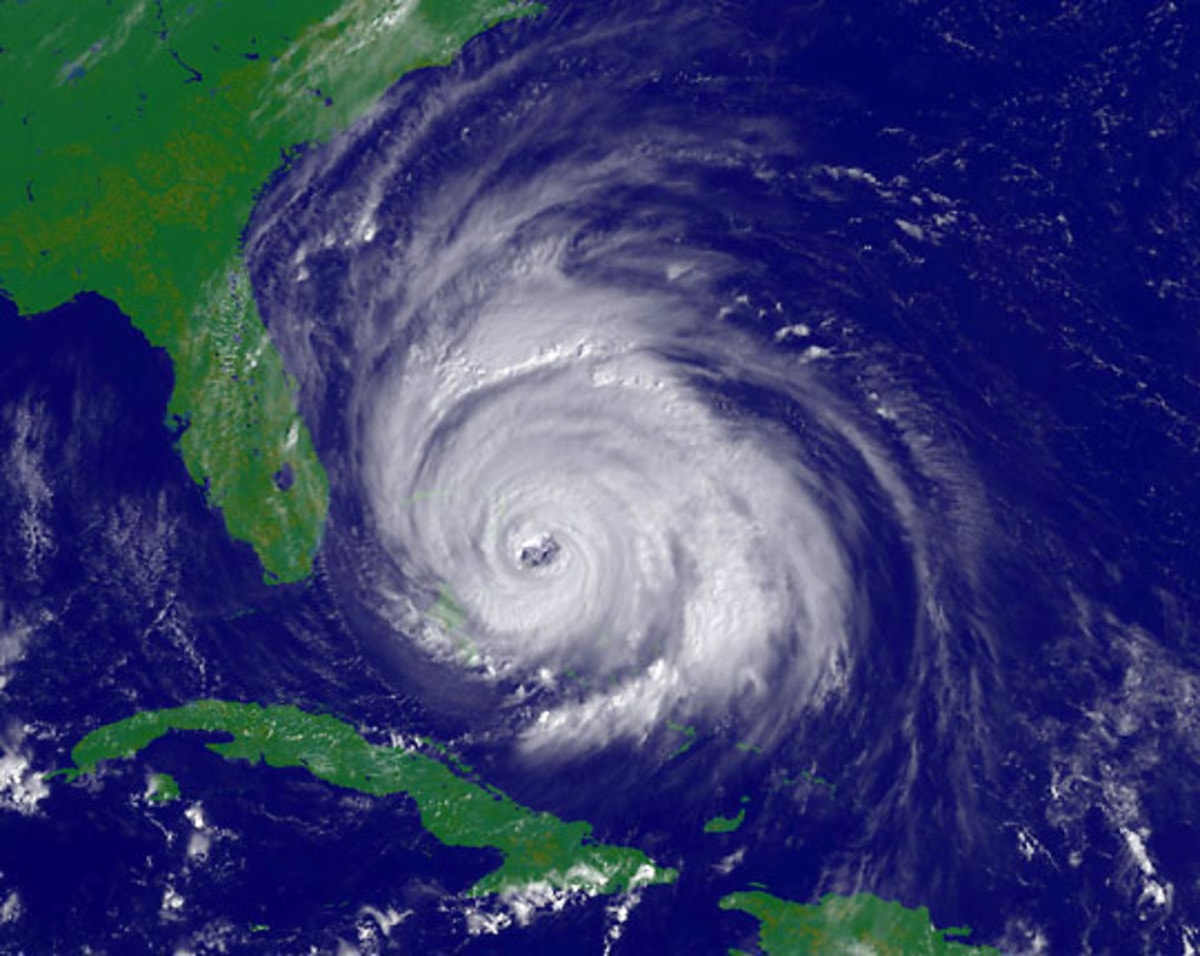
18. The weather in the region of the triangle is unpredictable and can change dramatically and quickly
The Gulf Stream cuts through the Bermuda Triangle, bearing to the north on its journey to the North Atlantic and Europe’s western waters. At its center, the Gulf Stream flows along at a speed of four miles per hour. Essentially a river in the ocean, the warm waters of the Gulf Stream can encounter cooler winds and water while within the triangle. The result of such a collision is a turbulent, dangerous sea, with high waves, and low visibility. The speed of the Gulf Stream can also carry away evidence of disaster with rapidity. Even experienced sailors can be, and often have been, taken by surprise by the sudden changes of conditions. Waterspouts, essentially small tornadoes of water, are common in the area. So are sudden violent thunderstorms, formed by locally isolated air masses, which unleash high winds, lightning, blinding rains, and stormy seas.

The creators of the triangle frequently assert cases of missing ships and airplanes in calm, clear weather. Flight 19 is an example. Flight 19 did take off in clear weather for its ill-fated mission, but by the time it was apparent the flight was lost and a search and rescue mission was needed, the weather had deteriorated badly. In a 1974 BBC documentary, Richard Winer, confronted with errors in his book The Devil’s Triangle regarding the timing of events, the changing weather, and the radio contacts with the flight, asserted there were no errors. Conflicting testimony from professional Naval and Coast Guard officers were dismissed as evidence of government wrongdoing and subsequent coverup. The film may be seen here. In the same film Charles Berlitz mentions the loss of several nuclear submarines as further evidence of the existence of strange activity within the Bermuda Triangle.

